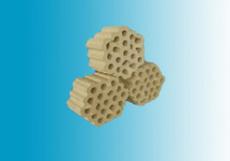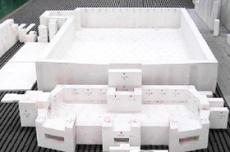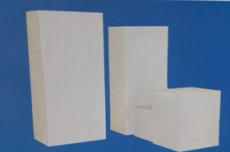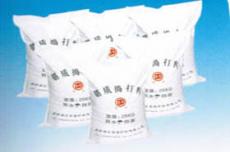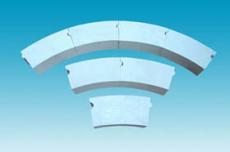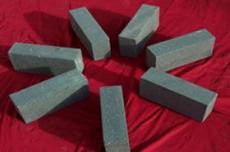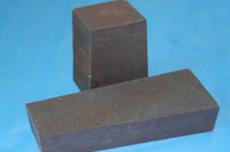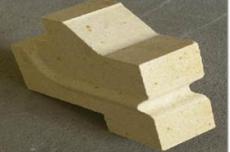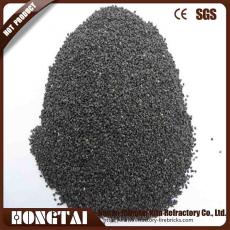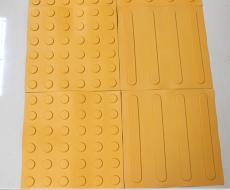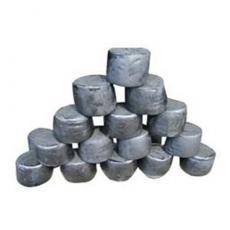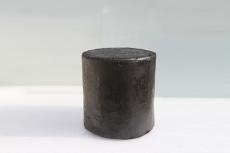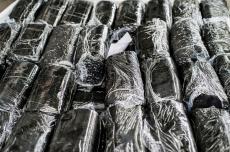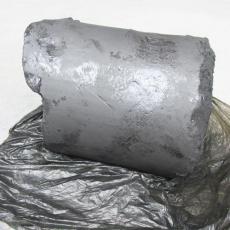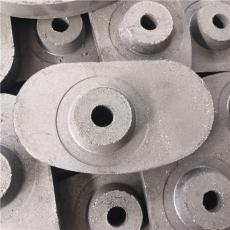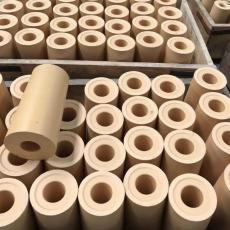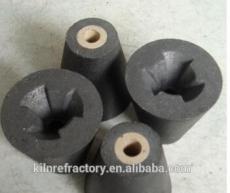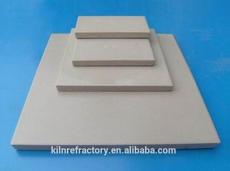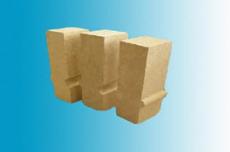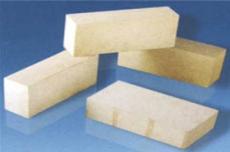
For tapholes, in addition to the material itself, the construction method is very important. Here is a brief description:
I. Ramming molding method This method is the construction method of taphole lining in the past. It is often used on tapholes of small blast furnaces. Now it has gradually developed from manual ramming or pneumatic hammer ramming and on-site mechanical compaction in the 1970s to automatic ramming suitable for different parts.
II. Casting construction method (N-Cast method) In the late 1970s, Japan developed the casting construction method. This method is to insert a vibrator into the ditch material for direct vibration, and the ditch material has a lot of moisture. This method has several advantages: (1) It can retain part of the residual lining and improve the utilization rate of the lining material; (2) The ditch lining has uniform structure, low porosity and good durability; (3) It reduces the labor intensity of workers and improves the on-site construction environment. The disadvantages are high noise and long drying time.
3. Core mold vibration forming method (VF method): The groove material poured into the iron groove is placed in an inner mold with a vibrator, and vibrated at a frequency of several thousand hertz while applying pressure. The thixotropy of the low-moisture groove material is used to promote the flow and densification of the refractory material. The forming mold gradually sinks to form the desired groove shape. The moisture content of the groove material used in this method is 4%~6%. Compared with the ramming method, this method is efficient, consumes less refractory materials, and improves the quality of the iron groove. However, the density of the groove lining on the permanent layer side is poorer than that on the inner mold side.
4. Core mold dry vibration forming method (SVP method): The construction machinery of the core mold dry vibration forming method is more complicated. High, medium and low frequency vibrators are installed in the inner mold. After being placed in place, the material is added and vibrated to form the groove lining [7]. This method uses dry materials for vibration forming, which can be dried quickly without bursting, saving time. It is particularly suitable for the use of fixed grooves with a single iron outlet. In addition, because there is no moisture, the porosity can be reduced, the density can be increased, and the service life of the iron groove can be extended.
Wu, large brick and prefabricated parts masonry method Iron ditch prefabricated parts are cast in prefabricated molds according to the shape and size of the iron ditch. At present, this method is developing rapidly. It puts all the processes such as molding, drying, curing, and baking in the refractory material factory. The masonry is also fast, and it can be put into use immediately after production. It is very suitable for iron ditch and spout parts. Its advantage is that it can be pre-baked and is not limited by the time of iron tapping. It can ensure that the performance of the castable is not limited by the construction conditions, so as to obtain high-strength iron ditch materials and relatively extend the service life of the iron ditch. Its disadvantage is that the external dimensions cannot be too large, otherwise the baking conditions cannot meet the requirements; another disadvantage is that when used in the iron ditch, the joints between the prefabricated parts become the weak link of the iron ditch.
Lu, self-flowing casting molding After France developed self-flowing castables, Japan has studied self-flowing iron ditch castables. It does not require vibration during construction. Relying on the deadweight and position difference of the material, the castable can flow by itself to achieve degassing, flattening and compaction. It is a viscoplastic material with a low yield value and a certain plastic viscosity developed based on the principle of rheology. Its advantages are: (1) It can be automatically poured and compacted without vibration, which greatly reduces the labor intensity; (2) If the pumping process is used in the construction, it can reduce labor and improve efficiency; (3) It is more adaptable than the vibrating castable and can be poured into any shape.
VII. Iron ditch repair method The lining of the slag line and molten iron line of the blast furnace tapping ditch is locally damaged quickly, especially when the slag iron ratio is high. For this reason, the ditch lining can be repaired by hot spraying with gunning material to achieve balanced damage and increase service life. The refractory gunning material for the blast furnace tapping ditch generally adopts high aluminum-silicon carbide, Al2O3-SiC-C and mullite-silicon carbide materials. The gunning of the blast furnace tapping ditch is generally carried out after the slag and iron residues in the lining are removed after the tapping. Gunning can be started when the temperature is 400~900℃, or it can be carried out at room temperature. Each time the gunning is performed, the thickness of the gunning layer is 70~150mm. The disadvantages are that the gunning material has a large rebound loss, is not dense enough, and is easy to delaminate.
